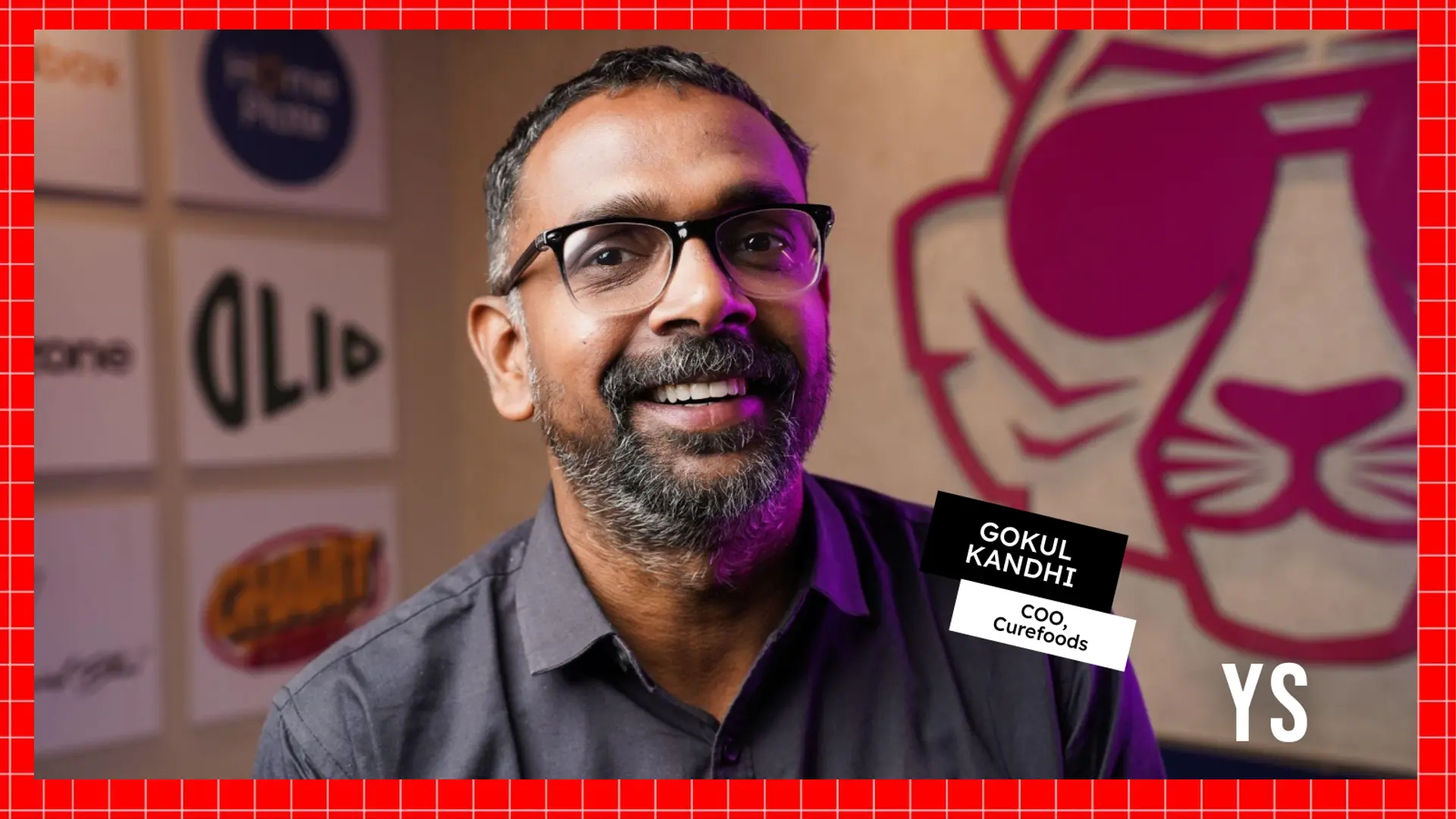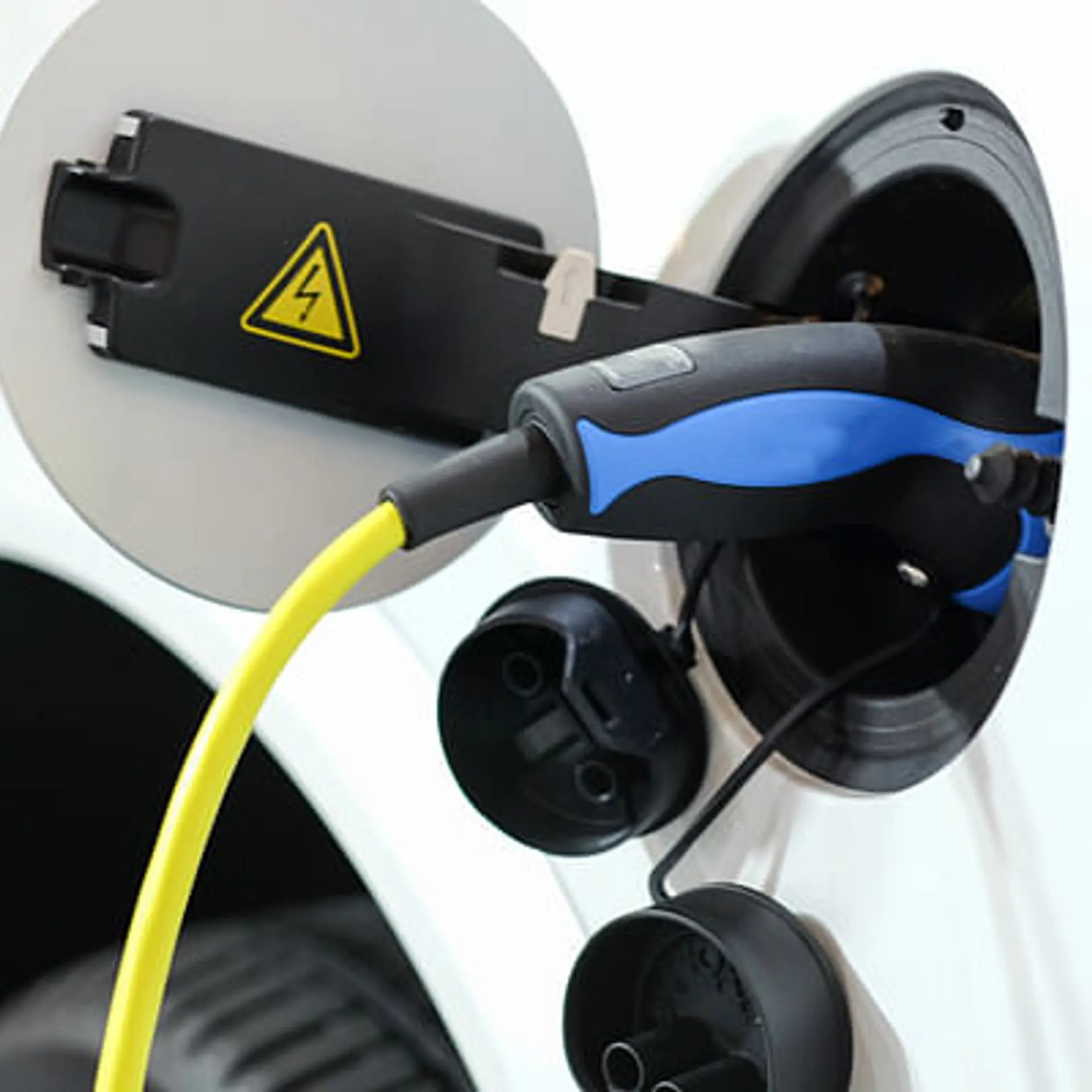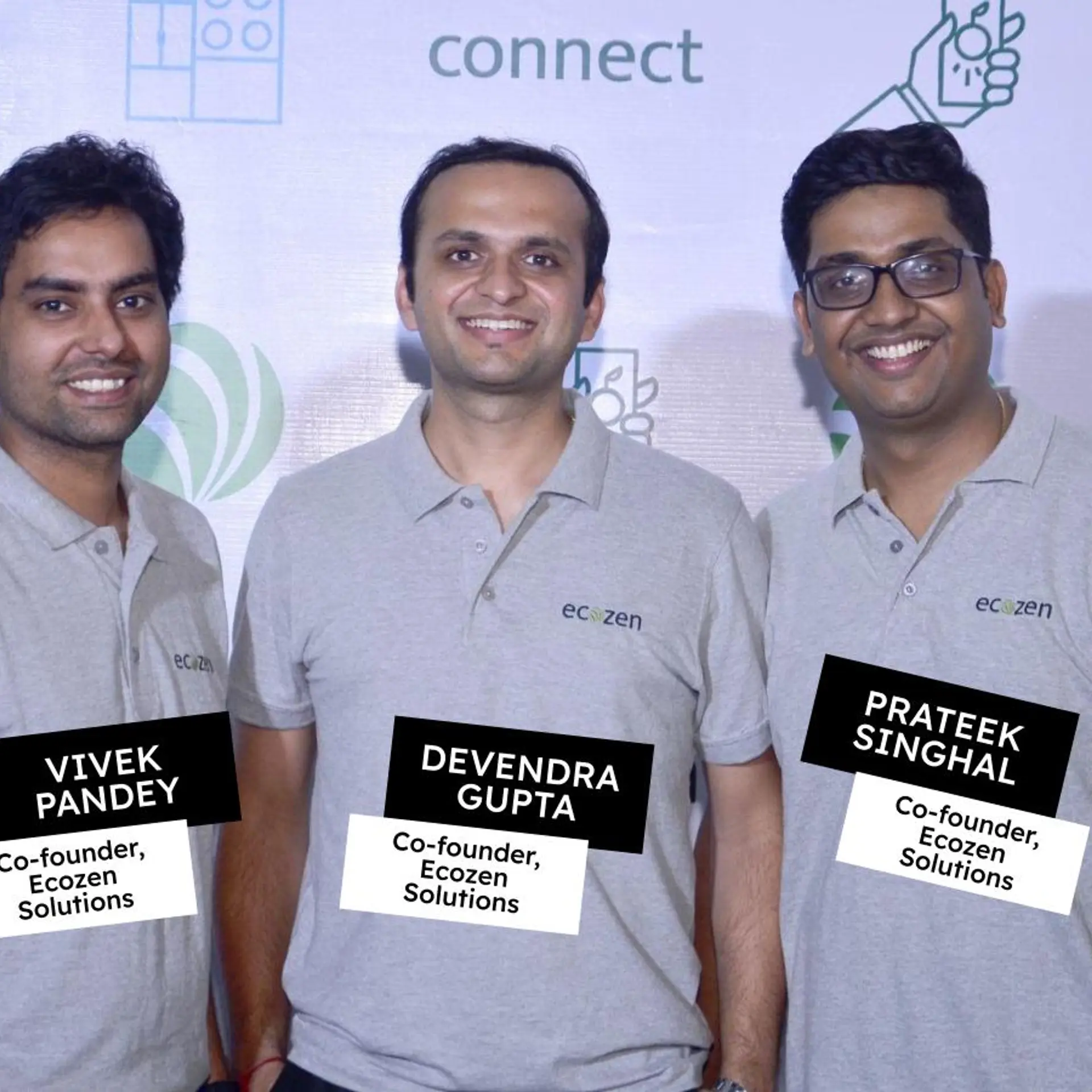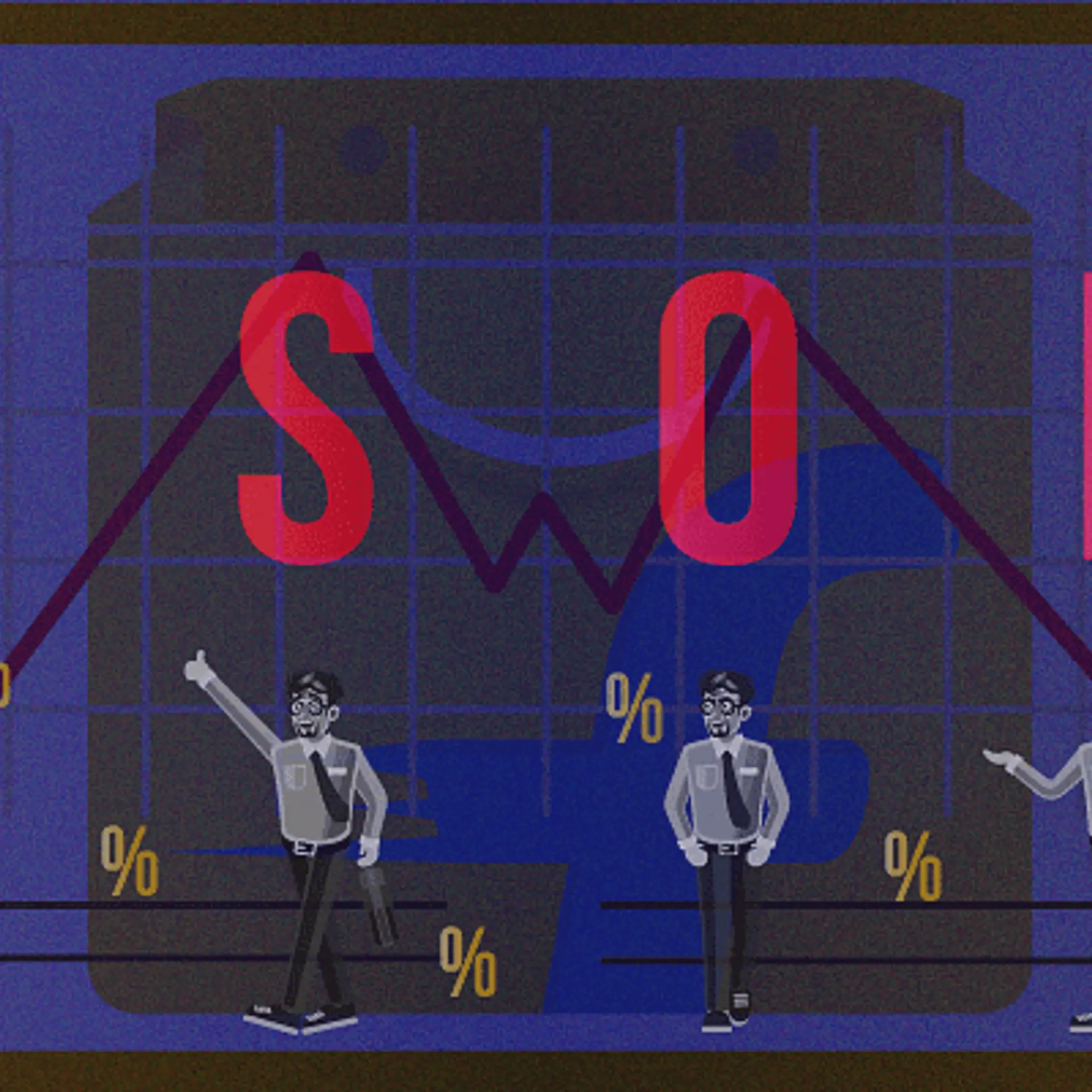Entrepreneur Shamir Karkal on the origin of neo banking, Indian fintech ecosystem, and more
In this latest episode of Prime Venture Partners podcast, Shamir Karkal, CEO and Co-founder of Sila, talks about setting up neobank Simple Finance right after the 2008 financial crisis, and more.
In 2008, the global economy saw one of the worst economic crises in its history, leading to an international banking crisis. But, entrepreneur Shamir Karkal was sure that he could weather the storm. In 2009, right after the global financial crisis, he set up a neobank.
Shamir began his entrepreneurial journey with Simple Finance, one of the world’s first neo banking platforms in 2009 post the global financial crisis. Before the entrepreneurial bug bit Shamir, he worked as a management consultant at McKinsey & Company. He previously worked as a software engineer in Intelligent Software Solutions. In 2018, Shamir co-founded fintech startup Sila, working towards empowering developers around the world with open-source infrastructure tools to overhaul the financial world.
In the recent episode with Prime Venture Podcast, Shamir spoke to Sanjay Swamy, Managing Partner at , and shared his journey from Simple Finance to Sila.
The conversation revolved around the difficulties of setting up a neobank right after the 2008 crisis, and how it was a hit even before its launch, and what India does differently in the fintech space.

Shamir Karkal, Co-Founder & CEO Sila [Image Credit: LinkedIn]
The origin of Simple Finance
“Mother of Neo Banking” was the title that Sanjay Swamy used to introduce Shamir Karkal. After all, Shamir launched neo banking platform Simple Finance at a time when no one was talking about the concept.
He explained how an email from his co-founder Josh Reich paved the way to building Simple, and how people responded after listening to what they were doing.
“Josh was expressing his frustration on Twitter back in early 2009 about the US banking system. And, we used to talk daily about banking and what can be done about it. One day, Josh sent me an email, saying that banks typically do four things, and explained his vision to make the system better. The idea was great, and I left my job at McKinsey to move to the US and co-founded Simple Finance in July 2009,” said Shamir.
The difficulty of setting up a bank post-2008 crisis
The first hurdle of setting up a bank is always the regulations. But, it became a nightmare right after the 2008 financial crash, Shamir said. He recalled Simple’s initial months when the co-founders were trying to get a banking license from the US Fed, and the latter was strict about not allowing anyone to set up a bank anymore.
Shamir and Josh bypassed this hurdle by trying to find a partner bank instead of setting up a new one. The idea was not to change the balance sheet, regulatory requirements, or reporting, but to change the product and user interface with technology.
Simple wanted a back-end bank partner, and when they landed on one, things started to roll forward.
Simple Finance – from launch to exit
Shamir said Simple Finance started with a single black website, asking people to sign up.
“The message was — we are going to make banking better. Josh took the link and shared it with 50 of his followers on Twitter. Soon, we started receiving 10, 100, 1,000 and tens of thousands of signups. We would then take each email, Google it to find the person, talk to them about banking, and take a lot of feedback. By the time we launched in July 2012, we had over 200,000 signups,” he shared.
Later, the co-founders discussed their strategy of converting these signups into active customers on Simple. The neobank had a team who came up with a list of ideas and put them into motion in a short span. After a few successful years, Simple was acquired by BBVA. Shamir said that they had to make a call as cash was running out.
Indian fintech ecosystem
According to Shamir, history doesn’t really repeat itself but rhymes. And, at present, the world is looking at the start of a new Cold War — but this one will revolve around tech platforms.
He believes that the US and China will majorly enter another Cold War era, with a battle between the US’s Facebook and Google, and China’s Alibaba and Tencent, where one side holds a monopoly of the market, and the other side is state-owned.
He adds that in the previous Cold War, India, however, came up with a third way, where it stated that those not on either side of the Soviet’s or the US can be on their own, and form group with others too who didn’t want to side with the fighting parties.
“Just like the previous Cold War era, India is currently showing that there is a third way in the fintech ecosystem,” Shamir added.
What India is doing with Aadhar and UPI goes on to show the world that one can build social goods such as infrastructure, and deploy them through the government.
To know more, listen to the podcast here.
Edited by Suman Singh








